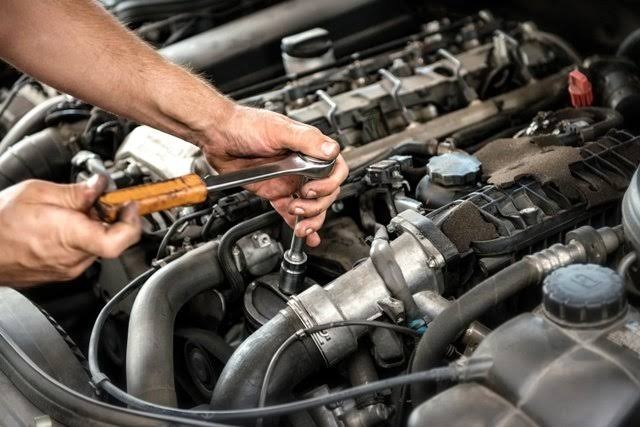Don't let a sudden loss of power in your car ruin your day. This quick and easy guide will walk you through the steps to diagnose and repair the problem, so you can get back on the road in no time.
Experiencing a sudden loss of power in your car can be frustrating and concerning. In this comprehensive guide, we'll delve into the steps to diagnose and address power loss issues in your vehicle, ensuring a smooth and optimized driving experience.
Understanding Power Loss:
Power loss can manifest in various ways, from sluggish acceleration to reduced engine performance. Pinpointing the root cause is crucial for efficient troubleshooting.
Step-by-Step Diagnosis:
- Check Engine Light: If the check engine light is illuminated, retrieve diagnostic trouble codes (DTCs) using an OBD-II scanner.
- Inspect Air Intake: Examine the air filter and intake system for blockages, ensuring proper air flow to the engine.
- Examine Exhaust System: Inspect the exhaust system for leaks, which can affect engine efficiency.
- Fuel System Evaluation: Check for clogged fuel filters, malfunctioning fuel pumps, or injector issues.
- Ignition System Check: Inspect spark plugs, ignition coils, and spark plug wires for wear or damage.
- Evaluate Sensors: Test engine sensors, including the mass airflow sensor (MAF) and oxygen sensors (O2), for accurate readings.
- Compression Test: Conduct a compression test to assess engine cylinder health and detect potential issues.
- Inspect Vacuum Lines: Examine vacuum lines for leaks, as they can impact engine performance.
- Transmission Assessment: Evaluate transmission health, as transmission issues can cause power loss.
- Check Exhaust Gas Recirculation (EGR) Valve: A malfunctioning EGR valve can affect engine combustion.
Addressing Power Loss:
Once you've identified the underlying issue, take appropriate corrective actions:
- Replace clogged air filters or repair intake system blockages.
- Fix exhaust leaks to restore proper backpressure.
- Address fuel system issues, from changing filters to repairing pumps.
- Replace faulty ignition components for improved spark.
- Replace malfunctioning sensors for accurate data.
- Repair or rebuild cylinders based on compression test results.
- Fix vacuum leaks to restore proper air-fuel mixture.
- Address transmission problems promptly through repairs or servicing.
- Clean or replace a malfunctioning EGR valve.
Preventive Measures:
- Adhere to recommended maintenance schedules.
- Use high-quality fuel and perform regular fuel system maintenance.
- Replace air filters as recommended by the manufacturer.
- Ensure proper ignition system maintenance.
- Keep sensors clean and free from debris.
- Maintain proper transmission fluid levels and condition.
Conclusion: Restoring Power and Performance
Diagnosing power loss requires systematic assessment and accurate identification of issues. By following this comprehensive guide, you can effectively pinpoint and address power loss concerns, ensuring optimal engine performance and a satisfying driving experience. Prioritize timely diagnosis and maintenance to safeguard your vehicle's power and keep it running at its best.

Comments (0)
Please login to join the discussion
Be the first to comment on this article!
Share your thoughts and start the discussion